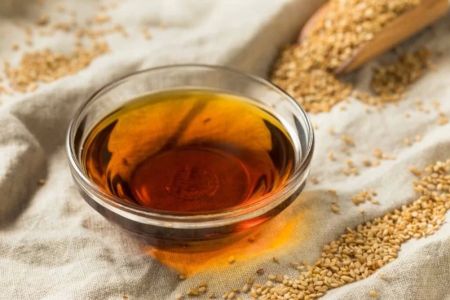Understanding Chinese Food Ingredients: The Building Blocks of Flavor
As a food enthusiast who loves exploring different cuisines, I’ve always been fascinated by Chinese food. The layers of flavor, the variety of textures, and the delicate balance of ingredients make it one of the most exciting cuisines to cook and taste. But what really makes Chinese food so unique? The answer lies in the ingredients. Chinese cooking is all about balancing flavors—sweet, salty, sour, and umami—and each ingredient has a role to play in creating that harmony. In this article, I’ll share some of the essential ingredients in Chinese cuisine that have been passed down through generations, and why they’re so important to the food’s overall flavor profile.
The Essential Ingredients in Chinese Cooking
To understand the fundamentals of Chinese cuisine, it's important to know the key ingredients that make up the base of many dishes. While the exact ingredients can vary depending on the region (such as Cantonese, Sichuan, or Hunan), there are a few core ingredients that almost always appear in authentic Chinese cooking. Let’s take a look at these essential ingredients that transform simple dishes into flavor-packed meals.
1. Soy Sauce – The Salty Backbone
One of the most commonly used ingredients in Chinese cooking is soy sauce. This dark, fermented liquid is made from soybeans, wheat, salt, and a fermentation process that gives it its rich, umami flavor. Soy sauce is used for seasoning, marinating, and dipping, and it plays a critical role in adding saltiness and depth to Chinese dishes. There are different types of soy sauce, including light soy sauce and dark soy sauce, each with its own level of intensity and flavor profile. Light soy sauce is saltier and used for general seasoning, while dark soy sauce is thicker, sweeter, and used to add color and a more complex flavor to braised dishes.
2. Rice Vinegar – A Touch of Sourness
In Chinese cuisine, vinegar is used to balance out flavors and add brightness to dishes. Rice vinegar, made from fermented rice, has a milder taste compared to other vinegars like white or balsamic vinegar. It provides a subtle sourness that enhances the overall flavor of a dish without overpowering it. Rice vinegar is often used in salad dressings, stir-fries, and dipping sauces. It’s especially important in dishes like sweet and sour pork or when making hot and sour soup.
3. Ginger – A Fresh and Aromatic Spice
Ginger is another essential ingredient that’s found in many Chinese dishes. This root has a distinct, spicy, and slightly sweet flavor that adds a refreshing and warming element to food. It’s often used in stir-fries, soups, sauces, and marinades, and it’s sometimes paired with garlic to create a fragrant base for many dishes. I personally love the way ginger adds a kick of flavor to savory dishes while balancing out the sweetness in sauces. Fresh ginger can be sliced, minced, or grated, depending on the dish and the desired intensity of flavor.
4. Garlic – The Flavor Enhancer
Garlic is another cornerstone of Chinese cooking. It’s known for its bold, pungent flavor, which infuses dishes with richness and depth. In many recipes, garlic is sautéed in oil to create a fragrant base before adding other ingredients. Garlic works especially well in stir-fries and braised dishes, contributing a savory flavor that complements other seasonings. The combination of garlic with ginger is a classic pairing that forms the foundation of many Chinese sauces and marinades.
5. Chinese Five-Spice Powder – A Complex Blend of Flavors
Chinese Five-Spice powder is a unique blend of five spices: star anise, cloves, Chinese cinnamon, Sichuan peppercorns, and fennel seeds. This fragrant spice mix is used to season meats, especially in braised dishes, roasted meats, and stir-fries. The flavor profile is aromatic, spicy, and slightly sweet, with a hint of numbing heat from the Sichuan peppercorns. It’s perfect for adding complexity to savory dishes like Peking duck or red-cooked pork. If you’ve never tasted five-spice powder, it’s one of those ingredients that completely transforms the flavor of a dish.
6. Tofu – The Versatile Protein
Tofu is a staple in Chinese vegetarian cooking. Made from soybeans, tofu is a versatile ingredient that can be cooked in many different ways, from stir-frying to braising to frying. It takes on the flavors of the dish it’s cooked in, making it an excellent base for absorbing seasonings. Tofu comes in different textures, from soft to firm, with firm tofu being ideal for stir-fries and soft tofu perfect for soups. I love how tofu can soak up the bold flavors of sauces and spices while maintaining a delicate texture.
7. Dried Mushrooms – A Umami Bomb
Dried mushrooms, particularly shiitake mushrooms, are commonly used in Chinese cooking for their rich umami flavor. These mushrooms are often rehydrated in water, which gives them a deep, earthy flavor that enhances broths and sauces. Dried mushrooms are perfect for soups, stews, and stir-fries, adding both texture and a savory richness. I’ve personally enjoyed how they bring a savory complexity to a dish, complementing other ingredients like soy sauce and ginger.
Understanding the Role of These Ingredients in Chinese Cooking
Now that we’ve covered some of the key ingredients, it’s essential to understand how they come together in Chinese cooking. Chinese food is all about balance—balancing flavors, textures, and temperatures. The ingredients I mentioned above all play a specific role in achieving this harmony. For instance, soy sauce and rice vinegar work together to balance salty and sour flavors, while garlic and ginger add aroma and warmth to a dish.
The Art of Stir-Frying
Stir-frying is one of the most popular cooking techniques in Chinese cuisine. The quick cooking method preserves the flavors and textures of ingredients, allowing them to shine. Key ingredients like soy sauce, garlic, and ginger are often used in stir-fry dishes, where they infuse the vegetables, meat, or tofu with flavor. The combination of these ingredients creates a dynamic balance, giving the dish depth and complexity in just a few minutes of cooking.
Slow Cooking and Braising
On the other end of the spectrum, slow-cooking and braising are also essential parts of Chinese culinary tradition. Dishes like red-cooked pork or beef stew often feature long, slow cooking times, where soy sauce, five-spice powder, and dried mushrooms meld together, deepening the flavors. These methods allow the ingredients to absorb each other’s essence, resulting in a rich, savory dish that’s both comforting and satisfying.
Why You Should Explore Chinese Cooking at Home
Chinese cuisine is not only delicious but also incredibly versatile, making it perfect for home cooking. Whether you’re looking to make a quick stir-fry or spend a few hours creating a rich, braised dish, the ingredients are easy to find at most grocery stores. As someone who loves cooking Chinese food at home, I can tell you that learning about the ingredients and understanding their role in each dish makes all the difference. Once you master these essential ingredients, you’ll be able to recreate authentic Chinese flavors right in your kitchen.
If you’re interested in discovering more about Chinese food and cooking, explore our curated collection of ingredients and recipes at Chinese Food for the best tips and recommendations to help you create mouthwatering dishes at home!


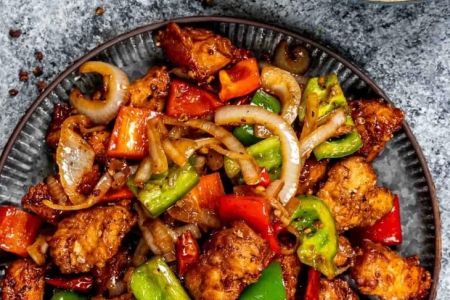
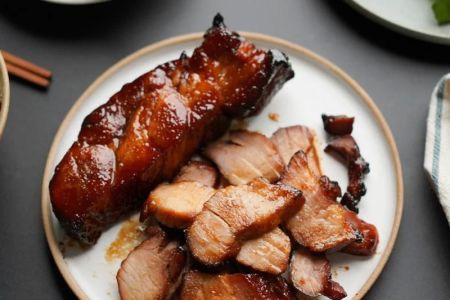
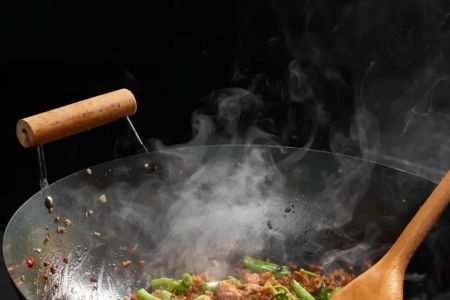
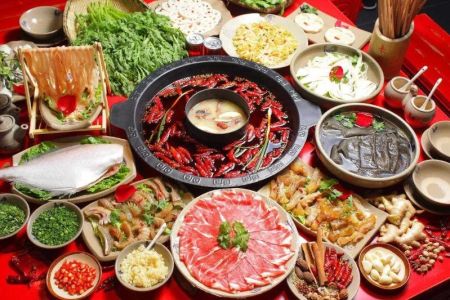
![Top Chinese Restaurants for Authentic Cantonese Cuisine in [Your City]](https://img.gochinarose.com/d33/2507/4157910400_450x300.webp)
